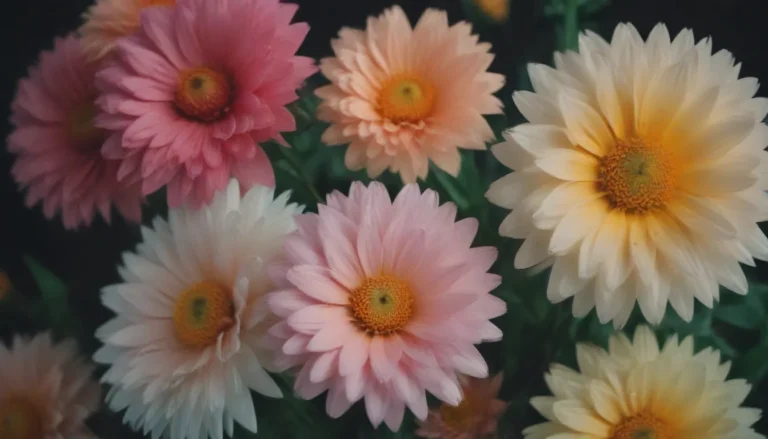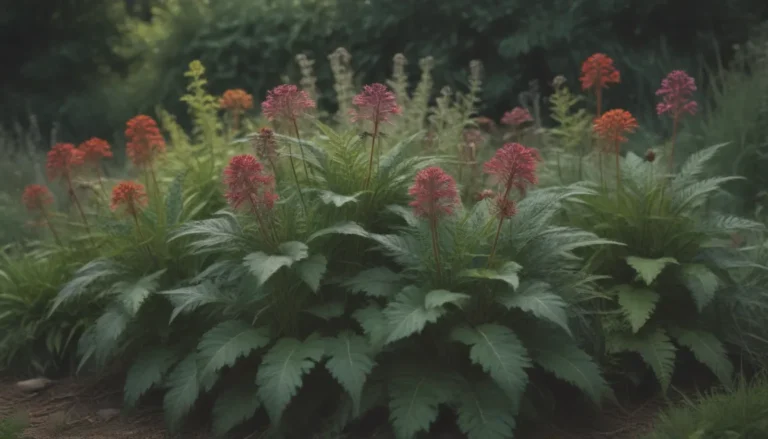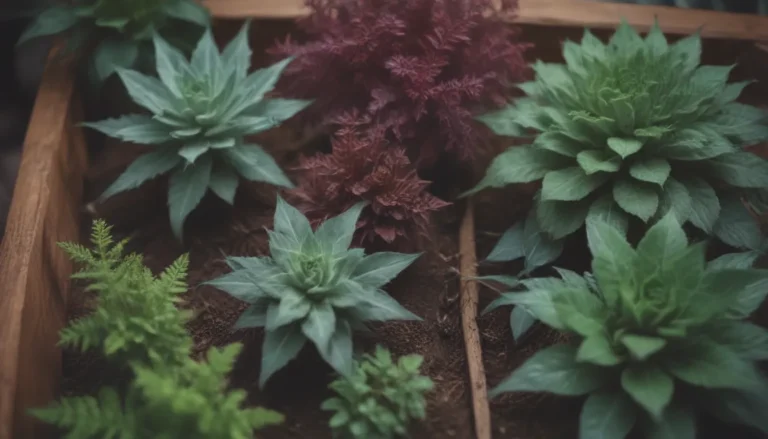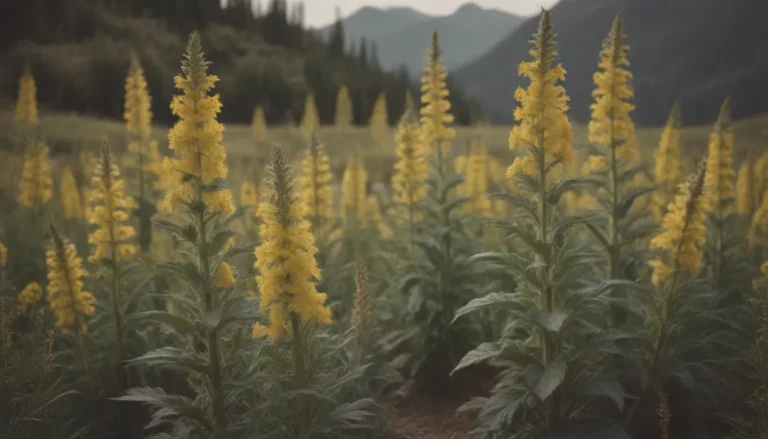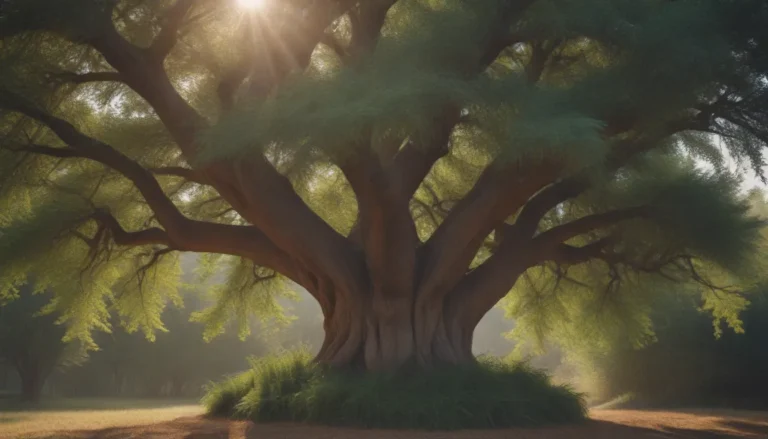The Ultimate Guide to Topiary Plants: 11 Best Options for Your Garden
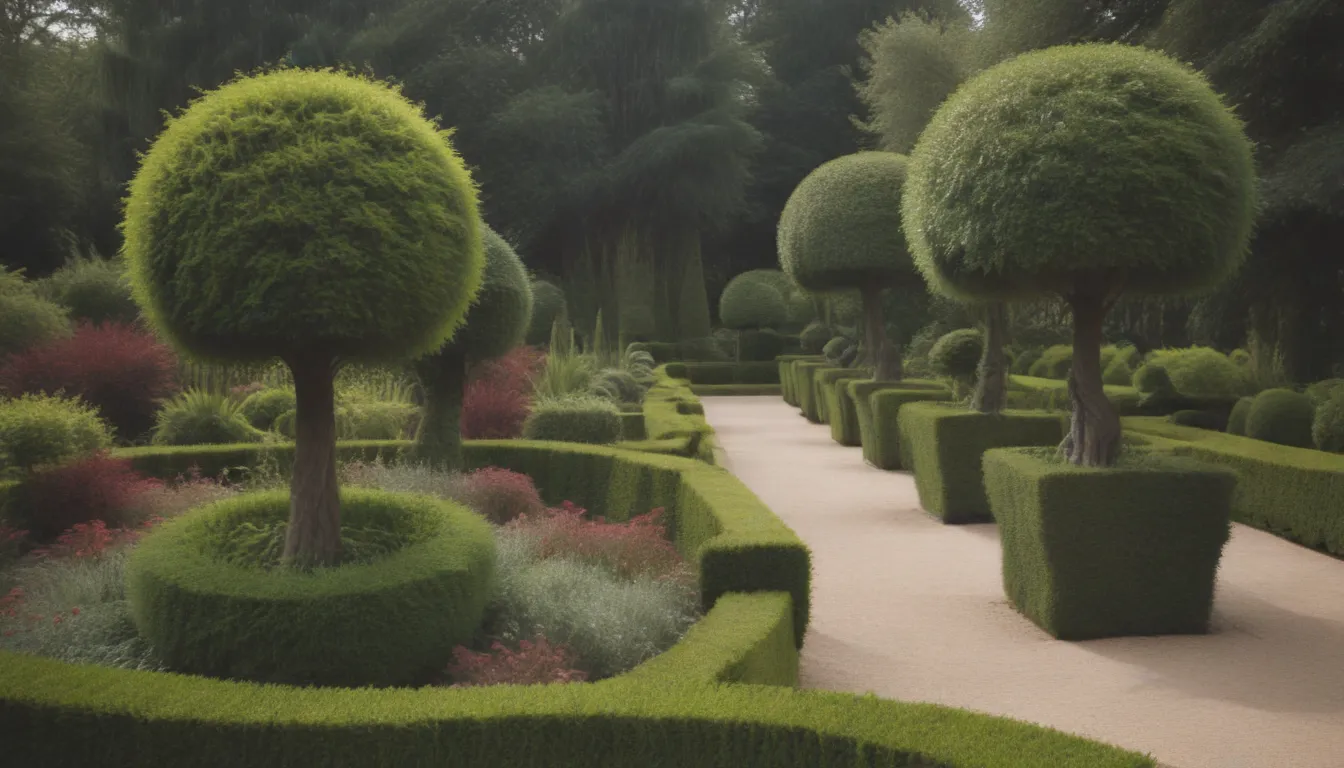
Are you looking to add a touch of whimsy to your garden with beautifully sculpted plants? If so, then topiary is the art form for you! Whether you want to shape dwarf trees, shrubs, or herbs into animal forms or geometric designs, choosing the right topiary plants is essential. In this comprehensive guide, we’ll explore the 11 best topiary plants that are perfect for creating stunning living sculptures in your outdoor space.
Why Choose Evergreens for Topiary
When it comes to topiary, evergreens are the preferred choice for their year-round beauty and versatility. While most topiary plants are evergreens, there are exceptions. For example, privet shrubs are popular for topiary despite not being evergreen. The best topiary plants typically have small leaves, enjoy regular pruning, grow quickly, and have a dense branching pattern. However, it’s important to be open-minded when selecting plants for topiary, as each species offers unique qualities that may suit your preferences.
Yew Bushes
Yew bushes, known for their resilience and adaptability, are excellent choices for topiary projects. While they have some drawbacks, such as toxicity to pets and children, yews can create stunning topiary shapes with patience and care. Consider “Taxus baccata ‘Repandens'” for a low and wide topiary shape, ideal for adding dimension to your garden.
Arborvitae Shrubs
Arborvitae shrubs, with their flat, scaly leaves, offer a different texture for topiary designs. Varieties like “Thuja occidentalis ‘North Pole'” and “Golden Globe” provide options for both tall and wide topiaries, each with unique characteristics to enhance your garden’s aesthetic.
Dwarf Alberta Spruce Trees
For a slow-growing but dense topiary plant, look no further than the Dwarf Alberta Spruce. With its fragrant foliage and pyramidal shape, “Picea glauca ‘Conica'” is a popular choice for creating elegant topiary designs in compact spaces.
Boxwood Shrubs
Boxwood shrubs have long been favored for their ability to create clean and precise lines in formal landscapes. The dwarf variety, “Buxus sempervirens ‘Suffruticosa'”, is perfect for small topiaries, adding a touch of sophistication to any garden setting.
Japanese Holly Shrubs
With their rounded forms, Japanese Holly shrubs like “Ilex crenata ‘Hetzii'” are versatile options for creating various topiary shapes. If you prefer tall and slender topiaries, “Ilex crenata ‘Sky Pencil'” offers a striking visual impact with its unique growth pattern.
Cherry Laurel Shrubs
Cherry Laurel shrubs, such as the ‘Otto Luyken’ cultivar, are excellent choices for small topiaries. These evergreen plants add a touch of elegance to any garden space and can be pruned to maintain their size and shape.
Privet Shrubs
Privet shrubs, known for their versatility as both topiary and hedge plants, offer a classic option for creating living sculptures. Varieties like Ligustrum vulgare and Ligustrum japonicum provide options for different topiary designs, with each species offering unique characteristics for your garden.
Lavender Herbs
Lavender herbs, with their pleasing aroma and compact growth habits, are ideal for small topiaries. Lavandula angustifolia can be shaped into various forms, adding a sensory element to your garden with its fragrant blooms.
Germander Herbs
For those looking to explore more intricate topiary designs, Teucrium fruticans is a versatile evergreen herb that works well for both topiary and edging purposes. Consider creating a knot garden with Teucrium fruticans to add a touch of artistry to your outdoor space.
Rosemary Herbs
Another classic herb for topiary, Rosemary (Rosmarinus officinalis) offers a Mediterranean touch to your garden. With its aromatic foliage and elegant growth habit, Rosemary is a popular choice for creating small topiaries in warm climates.
Exploring Alternative Topiary Options
While traditional topiary involves shaping living plants, there are alternative methods to consider. English ivy, for example, can be trained to grow on metal frames to create unique topiary shapes. Whether indoors or outdoors, English ivy offers a creative approach to traditional topiary techniques.
Creating Kissing Balls
Another creative expression of topiary is the kissing ball, which involves shaping branches cut from living plants into decorative balls. Whether for seasonal decorations or year-round accents, kissing balls offer a unique way to bring nature’s beauty into your home or garden.
By selecting the right topiary plants and experimenting with different designs, you can transform your outdoor space into a living masterpiece. Whether you prefer traditional evergreens or want to explore alternative topiary methods, there are endless possibilities to unleash your creativity in the garden. So, grab your shears and get ready to sculpt your own botanical wonderland with these top topiary plants!
